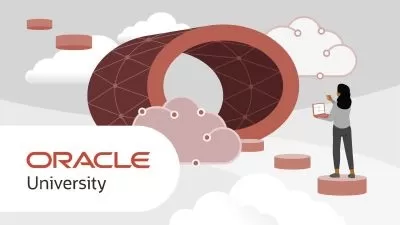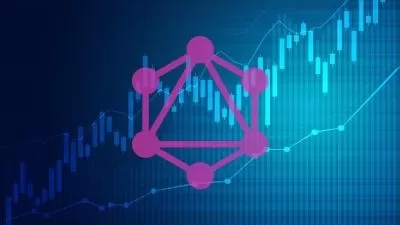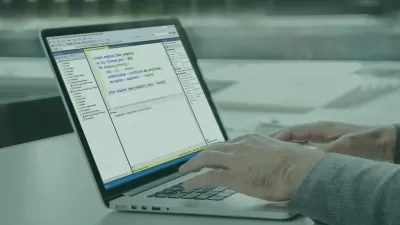Snowflake Database - Querying Data Part 1
Randy Minder
5:10:21
Description
The Complete Guide to Querying Data with Snowflake
What You'll Learn?
- Snowflake Semi-Structured Data (JSON and Parquet Files) Queries
- Snowflake Windowing Queries
- Snowflake Data Generation Queries
- Snowflake Snowsight (Snowflakes Next Generation Worksheet Replacement)
- Snowflake Information Schema and Account Usage Queries
- Snowflake Common Table Expression and Connect By Queries
- Snowflake Pivot and Unpivot Queries
- Snowflake Query Performance Monitoring
Who is this for?
What You Need to Know?
More details
DescriptionSQL is the most used query language in the world and Snowflake is quickly becoming the most used cloud data platform in the world. There are, of course, other query languages for different types of databases, such as NoSQL databases but SQL remain the standard and Snowflake's SQL implementation is full ANSIÂ SQL compliant.
Snowflake's cloud data platform features a data warehouse / data lake architecture that supports the most common standardized version of SQL (ANSI) for extremely powerful relational database querying.
Snowflake can also be used as a data lake replacement, or supplement, because it can also aggregate semi-structured data such as JSON and Parquet, with structured data in a SQL format. Snowflake simplifies access to JSON data and allows users to combine it with structured data.
In this course we cover many query techniques such as Windowing functions, Common Table Expressions (CTEs) and Connect By, generating data, time travel queries, working with dates and times, pivot and unpivot queries, regular expression queries and many other types of queries.
We demonstrate how to perform query performance monitoring. We also spend a significant amount of time demonstrating how Snowflake can be used to query semi-structured data such as JSON and Parquet files.
When you finish part 1 of this course you will have a solid foundation for performing numerous types of Snowflake queries.
Who this course is for:
- Any Snowflake developer or administrator who wants a deeper understand of the types of queries that can be generated in Snowflake
SQL is the most used query language in the world and Snowflake is quickly becoming the most used cloud data platform in the world. There are, of course, other query languages for different types of databases, such as NoSQL databases but SQL remain the standard and Snowflake's SQL implementation is full ANSIÂ SQL compliant.
Snowflake's cloud data platform features a data warehouse / data lake architecture that supports the most common standardized version of SQL (ANSI) for extremely powerful relational database querying.
Snowflake can also be used as a data lake replacement, or supplement, because it can also aggregate semi-structured data such as JSON and Parquet, with structured data in a SQL format. Snowflake simplifies access to JSON data and allows users to combine it with structured data.
In this course we cover many query techniques such as Windowing functions, Common Table Expressions (CTEs) and Connect By, generating data, time travel queries, working with dates and times, pivot and unpivot queries, regular expression queries and many other types of queries.
We demonstrate how to perform query performance monitoring. We also spend a significant amount of time demonstrating how Snowflake can be used to query semi-structured data such as JSON and Parquet files.
When you finish part 1 of this course you will have a solid foundation for performing numerous types of Snowflake queries.
Who this course is for:
- Any Snowflake developer or administrator who wants a deeper understand of the types of queries that can be generated in Snowflake
User Reviews
Rating
Randy Minder
Instructor's Courses
Udemy
View courses Udemy- language english
- Training sessions 36
- duration 5:10:21
- English subtitles has
- Release Date 2024/03/12











